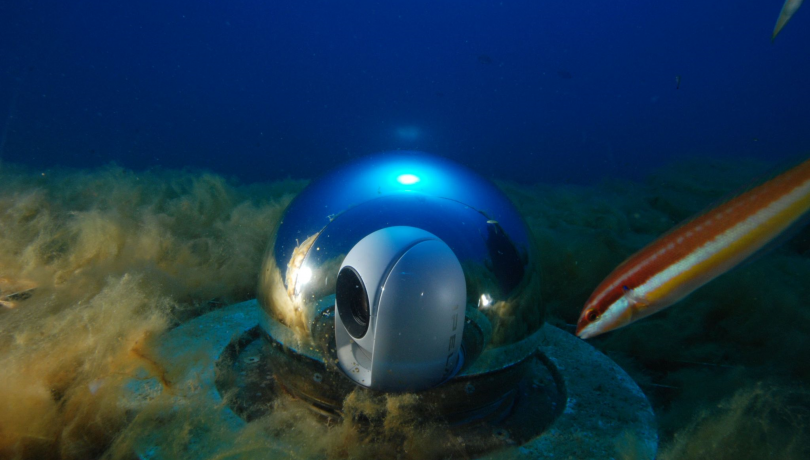Data quality is key for developing scientific evidence-based environmental policies.

The EU project MINKE, coordinated by the Institut de Ciències del Mar (ICM) in Barcelona, celebrated last June its kick-off meeting virtually. The partners took the opportunity to explain not only the role and responsibilities of everyone but also the main objectives and foreseen actions of a project that aims to improve the quality of oceanographic data.
To achieve this, MINKE, will integrate key European marine infrastructures -from calibration laboratories to citizen science observatories- that are key to improving measurement methods within the discipline known as metrology. The oceanographic variables included in the project include some of those that allow us to understand the effects of climate change, such as sea temperature and salinity or marine currents, and others that allow us to assess the impacts of human activity, such as the loss of biodiversity or marine litter.
Specifically, the project will coordinate the use and development of such research infrastructures, proposing an innovative framework of “quality of oceanographic data” for the different European actors in charge of monitoring and managing the marine ecosystems.
“Data quality is the key element in ocean & coastal observing systems to provide reliable measurements for developing evidence-based environmental policies”, explains the ICM researcher Jaume Piera, the project coordinator.
In this sense, Piera adds that “MINKE will address metrologic requirements of data quality in a broad sense. Traditionally, data quality has been associated to data accuracy, but there are other factors to consider, such as completeness or timeliness. To understand these needs, if we think in the current pandemic situation, we want not only accurate tests, but also tests that could be applied to the majority of the society and that provide fast results as well”.
In a similar way, details Piera, “the future environmental challenges related to global changes will demand not only accurate but also complete and fast observations. Basically, we will need observations from everywhere at all times and MINKE will try to improve the metrologic requirements to cover these demands”.
This new vision will be framed in a quintuple helix model of innovation, which encourages collaboration between universities, policymakers, civil society, industry, and the overall ecosystem to tackle shared challenges and use them as a driving force to create innovative solutions through research and development.
Through teamwork and access to the different infrastructures, MINKE aims to lay the groundwork for creating the necessary synergies among the different involved actors in the quintuple helix model of innovation.
MINKE, which will last from April 2021 until March 2025, is integrated by 22 organizations from Europe and South America, and is financed by the H2020 INFRAIA Programme, which seeks to provide Europe with research infrastructures to which all researchers have access, helping to improve Europe's competitiveness in all scientific fields and boosting innovation in high-tech sectors.